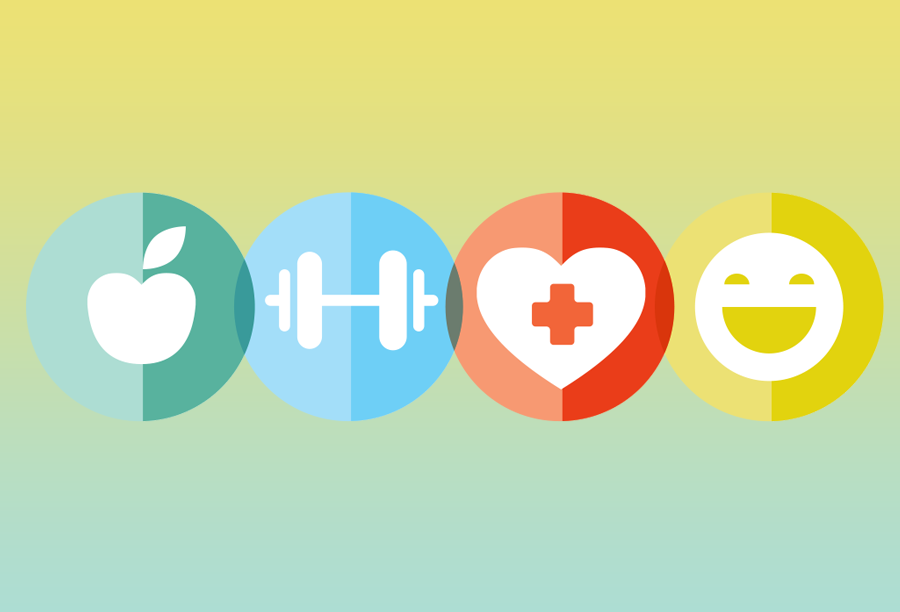How the hand muscles have evolved

Science shows that hands are how young humans learn about the world around them.
“In Hands, Dexterity, and the Brain,” a chapter in Humanoid Robotics and Neuroscience: Science, Engineering and Society, the authors delve into how children need many years to learn how to use their hands “in increasingly sophisticated ways to feel, explore, grasp and manipulate objects.”
Since humans started wielding tools more than 2 million years ago, hands and the tasks they perform have evolved. For centuries, hands have been used to draw, carve, paint, cook, cut, write and type, among other duties.
But in the last decade, human hands and wrists have shifted to hold tech devices, like cellphones and tablets, and fingers get a full workout by pushing tiny buttons and scrolling for minutes on end.
Baylor College of Medicine’s Dr. Adil S. Ahmed is seeing what he calls “overuse conditions” related to cellphone and tablet use in patients of varying ages. Ahmed is an assistant professor of orthopedic surgery, and a shoulder, elbow, hand and nerve surgeon at Baylor.
“When I see a patient in my clinic, I see a lot of hand and wrist conditions: tendonitis, trigger finger problems, thumb pain, aching,” Ahmed said. “It shows the population at large is using smartphones all the time; everyone is using their thumbs. Anything you do more than your body was designed to do, you will see the ramifications of that.”
Tech device overuse aside, hand strength and ability has changed since educational standards have shifted. In 2010, cursive handwriting was cut from the Common Core Educational Standards in the U.S., a decision made by a group of governors and school officers nationwide. A few years later and tech devices, like laptops and tablets, have replaced writing notebooks in many public schools with the resources to pay for them.
At this time, doctors and researchers do not know the effect that de-prioritizing handwriting in public schools will have on the overall population, Ahmed said.
“In terms of muscle-building (in the hand), it’s difficult to study because it’s hard to quantify the strength of a child because they are not going to comply with assessments; they won’t squeeze a handgrip tool,” he said. “There are a lot of studies looking at kids who are older.”
Ahmed explained that before a child goes through puberty, much of their athleticism or strength is not determined by musculature or speed; rather, the amount of neuromuscular control a person has will determine agility and reflexes.
A person with fine motor skills typically has good neuromuscular control, which means they can actively make their muscles do what they want them to do, he said.
How does a kid refine their neuromuscular control? Writing by hand.
“It’s a classic thing in older generations when penmanship was a huge thing. It wasn’t only taught, but there were different styles and angles to write in cursive. It was the only way you went through school,” Ahmed said. “Kids nowadays would be slower to writing notes by hand because they’re not used to it.”
Until the 1980s, most U.S. schools taught the Palmer method of handwriting, a type of writing where fingers stabilize the pen, and the shoulder and forearm move the pen on the page, Ahmed said. Muscles closer to the shoulder are better equipped for an endurance activity like writing, but hands and fingers generally are not.
Research comparing children and adults’ handwriting ability has been conducted using surface electrodes on the arm and digital pens. The electrodes monitor which muscles are used when writing and how much force is applied.
Ahmed said children use more force when writing and more “little” muscles in the hands and wrist. Adults write smoother and more effortlessly by recruiting muscles around their shoulder and elbow with the fingers stabilizing the pen.
“If not formally taught, most people will write using a lot of small hand and finger muscles, which are for fine tasks and designed for little moments of fine use and detail,” he said. “If you watch people now, they hold their pen in a way that fatigues their fingers and muscles in the hand. They’re not going to enjoy writing, their handwriting will be bad or they won’t be able to write for long.”
Learn more about hand, wrist and elbow care at Baylor Medicine.
By Julie Garcia



